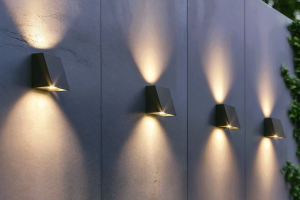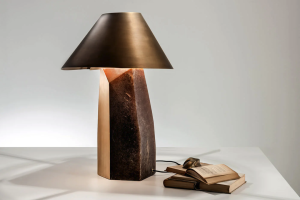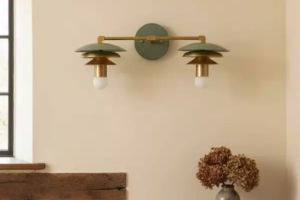Introduction
Richard Meier is a renowned architect who is best known for his use of light in his buildings. His use of light is not just practical, but also artistic. Meier’s buildings have a distinct and unmistakable character that is defined by the interplay of light and shadow. This article explores the use of light in Richard Meier’s architecture and how he creates such a unique visual experience.
The Importance of Light in Architecture
Light is a vital part of architecture. It reveals the form and texture of buildings, creates moods and atmospheres, and controls the experience of the space. Light can be used in many ways to enhance the qualities of a building. Richard Meier’s architecture is a perfect example of this.
The Physical Properties of Light
Richard Meier pays close attention to the physical properties of light, such as its direction, intensity, and color. He carefully designs his buildings to capture and manipulate natural light, using windows, skylights, and other elements to create a harmonious relationship between the inside and outside of the building.
The Artistic Use of Light
Meier also uses light to create a unique visual experience. He creates a balance between light and dark, highlighting certain elements of the building and casting others into shadow. This creates a sense of drama and dynamism, which is particularly evident in his museum designs. Using light to highlight art installations, Meier creates a powerful dialogue between the artwork and the architecture.
Case Studies: Richard Meier’s Iconic Buildings
The Getty Center
The Getty Center in Los Angeles is an iconic example of Richard Meier’s use of light. The building’s design captures and manipulates natural light, creating a harmonious relationship between the outside and inside of the building. Meier’s use of light also helps to reveal the building’s texture and form, highlighting the clean lines and crisp edges that define the Getty Center’s unique style.
The Barcelona Museum of Contemporary Art
The Barcelona Museum of Contemporary Art is another example of Meier’s mastery of light. The building’s facade is made of glass and white metal, which creates a luminous effect when the sun hits it. The use of natural light inside the museum is also striking, with a large skylight illuminating the central atrium and a series of small light wells punctuating the galleries. The contrast between light and dark in this building is particularly effective, highlighting the artwork and creating a sense of drama and discovery.
Conclusion
Richard Meier’s use of light is both practical and artistic. He pays close attention to the physical properties of light and carefully designs his buildings to capture and manipulate it. His use of light also creates a unique visual experience, highlighting certain elements of the building and casting others into shadow. Meier’s iconic buildings, such as the Getty Center and the Barcelona Museum of Contemporary Art, are testaments to his mastery of this fundamental element of architecture.



More Posts
Stunning Vintage Opaline Lights: Illuminating Homes with Timeless Elegance
Bringing Versatility to Light: Exploring the Benefits of Dual Light Technology
Shining Light on E14 Bulbs: The Ultimate Guide to Understanding and Using Them